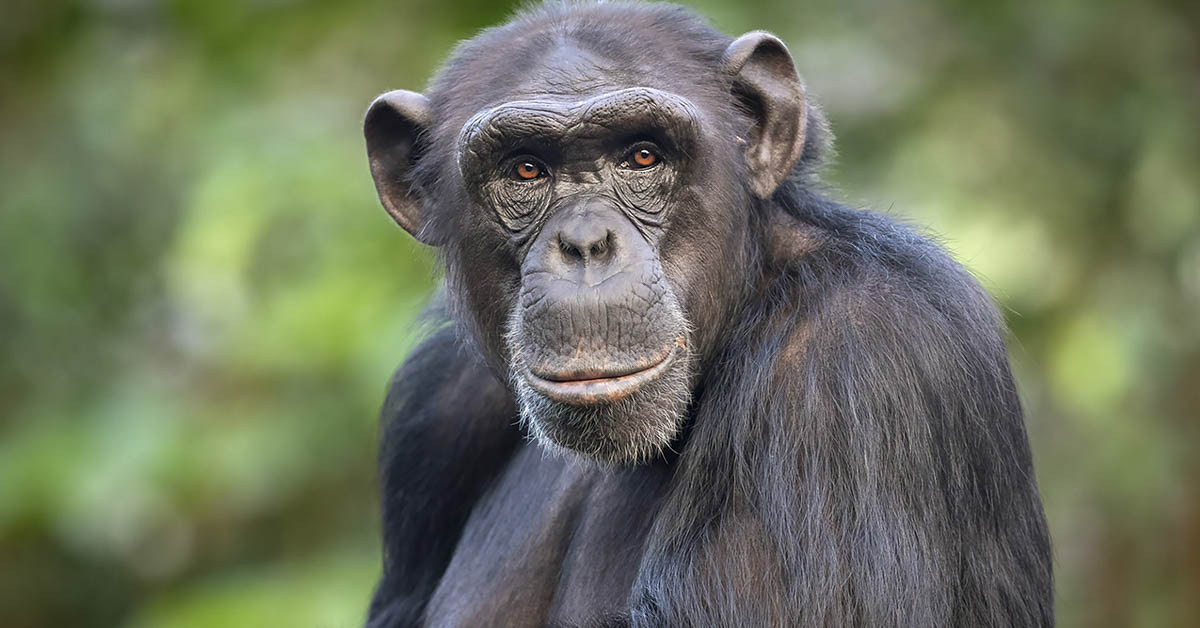Hollywood’s historical use of chimp “actors” has distorted public perception of these creatures. Make no mistake, chimpanzees are wild animals that should not be underestimated. Over recent years, “domesticated” chimps have made headlines for attacking humans, or for being abused by their handlers. These cases are so horrifically memorable. It’s easy to forget all of the many situations where humans and chimps protected each other, such as when a truck driver saved a 135-pound chimp from drowning.
The story of Rick Swope and Jo-Jo
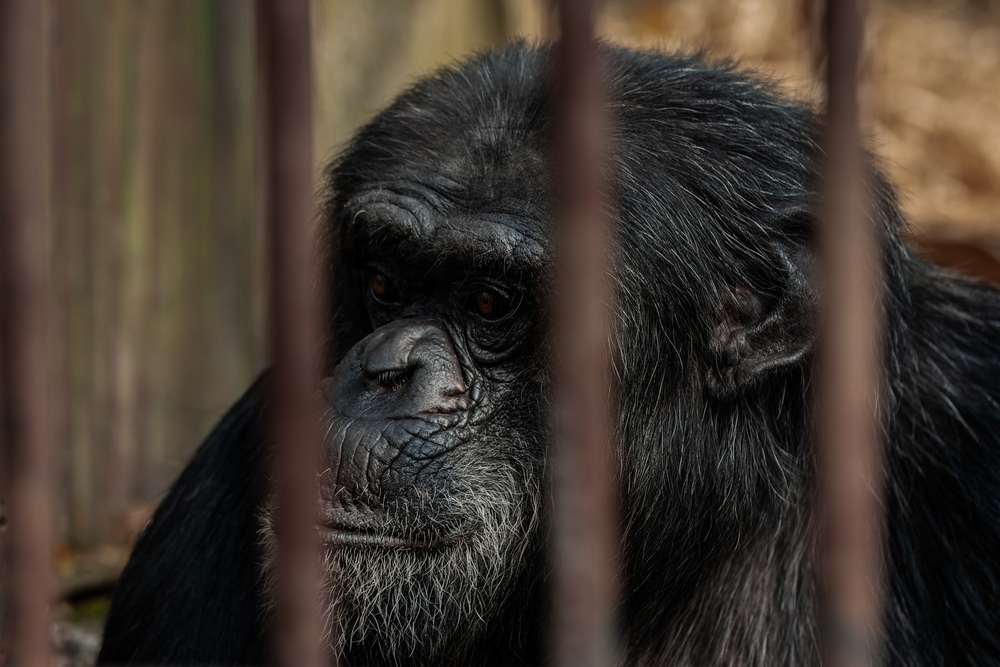
The famous incident took place at the Detroit Zoo in 1990. Rick Swope, a 33-year-old truck driver, was visiting with his wife and their three children. “We watched the chimpanzees for probably about half an hour or so and we were just getting ready to go when I heard a splash,” he said in an interview with Deseret News at the time. “I just caught out of the corner of my eye this chimpanzee flying through the air.
“Everyone was just watching the drowning chimp”

The ape was named Jo-Jo, and he fell into the water after trying to flee an altercation with another male. The moat is meant to keep the apes inside since they tend to avoid water and cannot supposedly swim. “Everyone in the whole place was just standing around watching this monkey drown,” Swope said. “When he went down the second time I knew I had to do something.”
Read More: A Group Of Monkeys Have Entered The Stone Age
Truck driver saves drowning chimp

So Swope climbed the 4-foot fence and jumped into the cold water in the enclosure. Although the zookeeper warned about the dangers, Swope didn’t fear the drowning chimp. “He was looking at me,” he explained. “I think he knew that I was helping him.” However, once Swope pulled the chimp ashore, the primate looked “pretty lifeless” and Swope was unsure if he was still alive. Fortunately, Jo-Jo survived what would have otherwise been a fatal accident, but it’s unclear what happened to him since then.
Can chimps swim?

At the time, experts believed that drowning was the only outcome if chimps would enter water. But in 2013, researchers captured video evidence of a chimp and an orangutan learning to swim. Although wild primates would flail in deep water, these two were raised in captivity. Therefore, they were regularly exposed to bathtubs and swimming pools. With a safety rope tied around him, Cooper the chimp taught himself to tread water, submerge himself with his eyes shut, and swim in a similar fashion to a breaststroke. Meanwhile, Suryia the orangutan also developed a technique similar to a breaststroke, but was able to open his eyes underwater and swim 39 meters (12 meters) without assistance.
From an evolutionary standpoint…
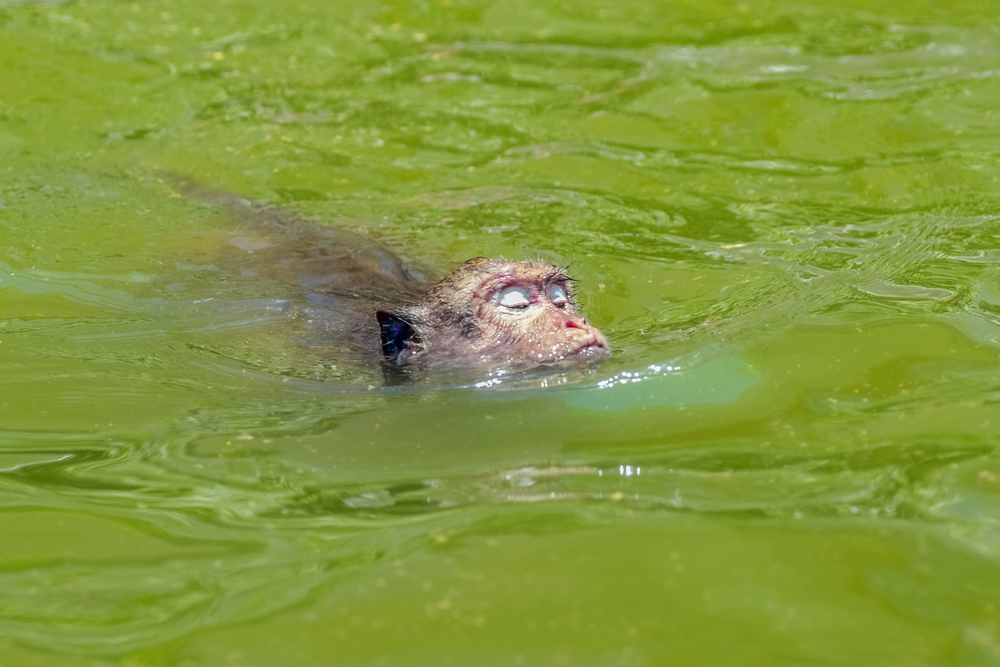
A report in the American Journal of Physical Anthropology theorized that apes lost the ability to swim as they evolved to living in trees. However, the skills of swinging on branches may have influenced the apes’ style of swimming. In contrast, many species, including humans, revert to a dogpaddle when forced into water, an instinct developed from walking on ground. “We still do not know when the ancestors of humans began to swim and dive regularly,” said researcher Nicole Bender of the University of the Witwatersrand in a statement. “The behavior of the great apes in water has been largely neglected in anthropology.” But this discovery made zookeepers rethink their method of using moats to trap apes.
Read More: One Day, Whales Might Join the Conversation — In Their Own Language
Jo-Jo’s backstory
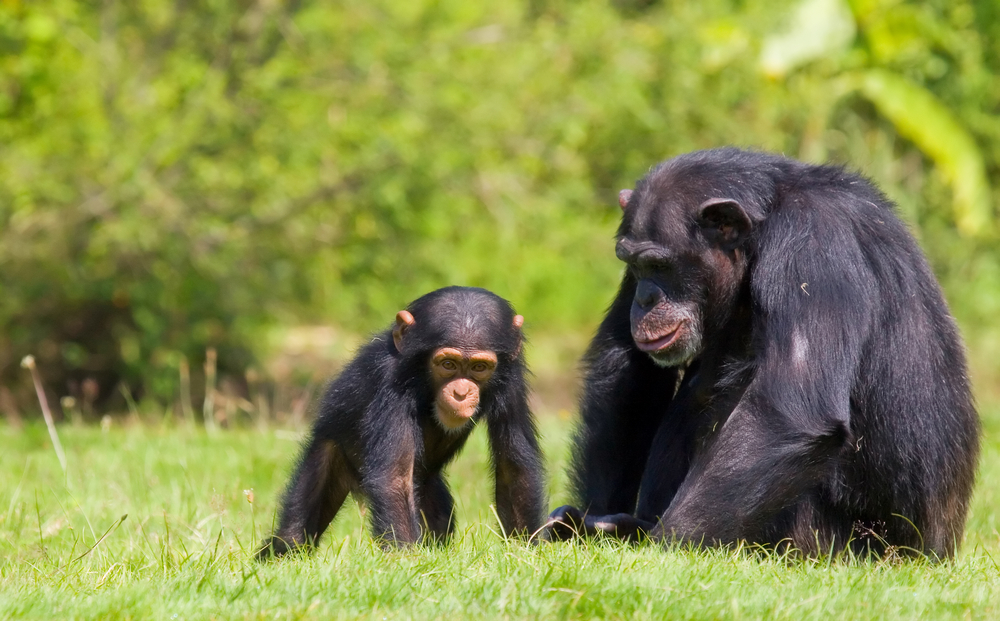
At a speaking event at the Woodrow Wilson International Center for Scholars in 2005, primatologist and conservationist Jane Goodall references this story. She explained the issues threatening chimpanzees, namely the bushmeat trade and deforestation. Then she delves into the deep bond between animals and humans by explaining Jo-Jo’s past. He was born in Africa, and his mother was killed by hunters when he was two. Jo-Jo was then shipped to an American zoo. There, he lived alone in a small cage with iron bars and a cement floor. Then the zoo director constructed a large enclosure with a moat, and added 19 other chimps to the exhibit.
Drowning to escape other chimps
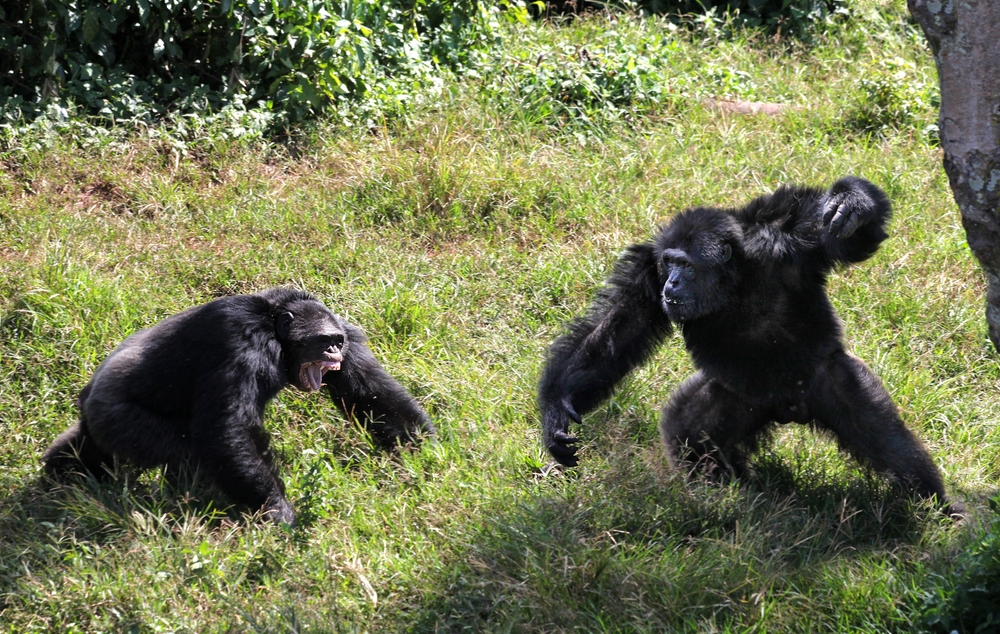
After 15 years of isolation, Jo-Jo was unfamiliar with societal chimp behaviors. So when a young male challenged his seniority, Jo-Jo became spooked and ran into the water, unaware of the dangers of drowning. When Swope dove in to save the drowning chimp and pulled him to shore, three males began approaching him. The crowd screamed at Swope to run away, but he made sure Jo-Jo lay securely on level ground before climbing back over the barrier.
“Won’t anybody help me?”
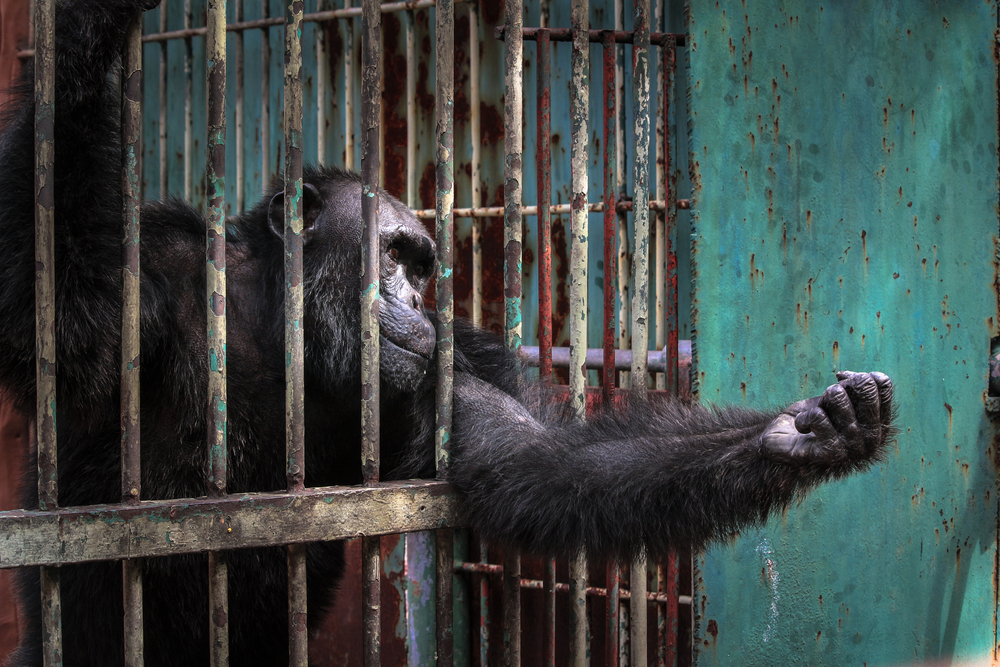
When the then-director of JGI USA asked why he did it, Swope said, “Well, you see, I happened to look into his eyes, and it was like looking into the eyes of a man, and the message was, ‘Won’t anybody help me?'” Goodall said she recognized that look of fear in the eyes of animals and children she has worked to help over the years. “If you see that look with your eyes, and you feel it in your heart, you have to jump in and try to help,” she concluded.
Read More: Donkey Saved From Floodwaters Says ‘Thank You’ In The Most Hilarious Way
